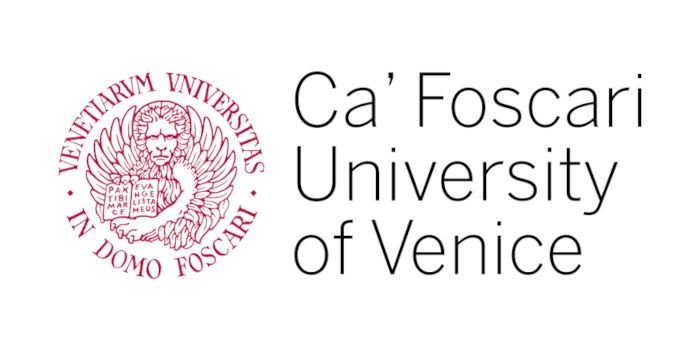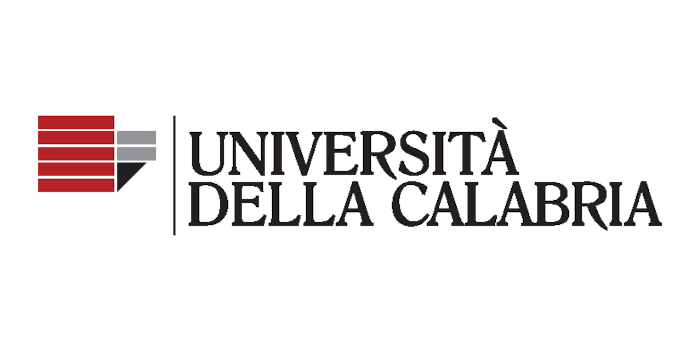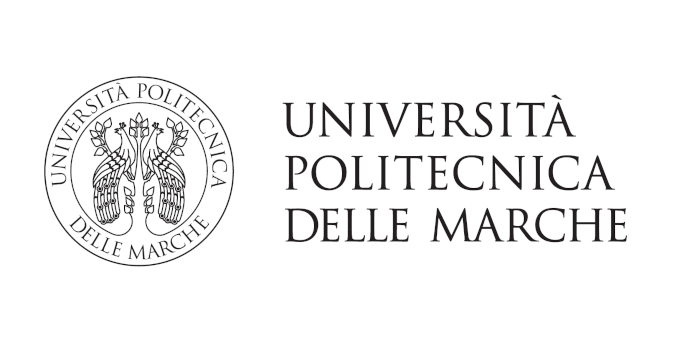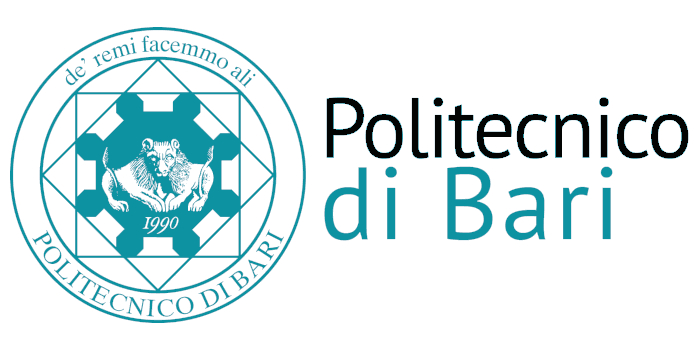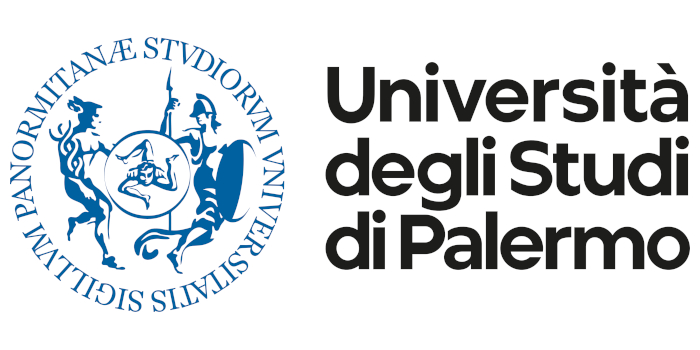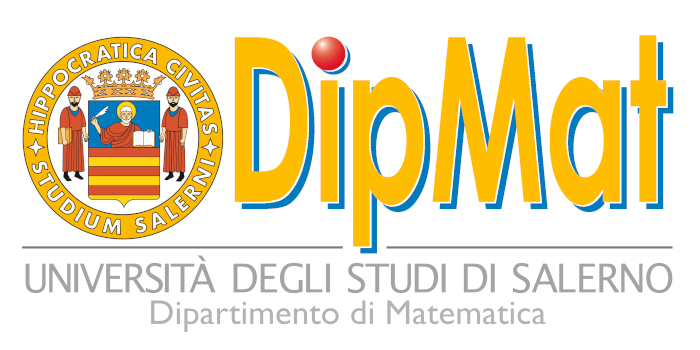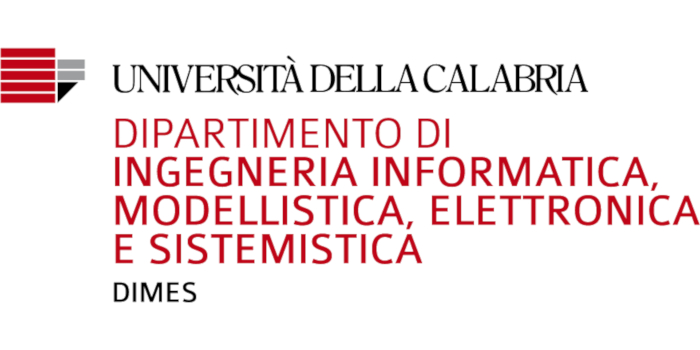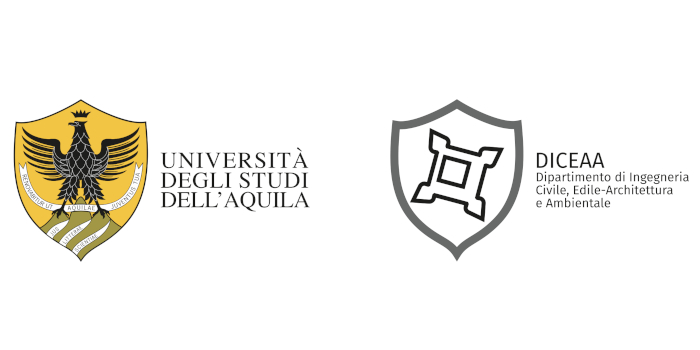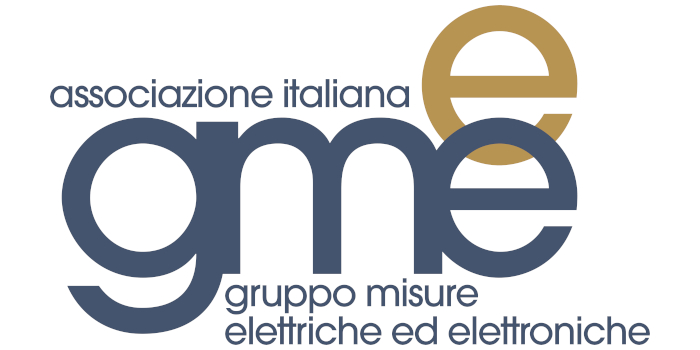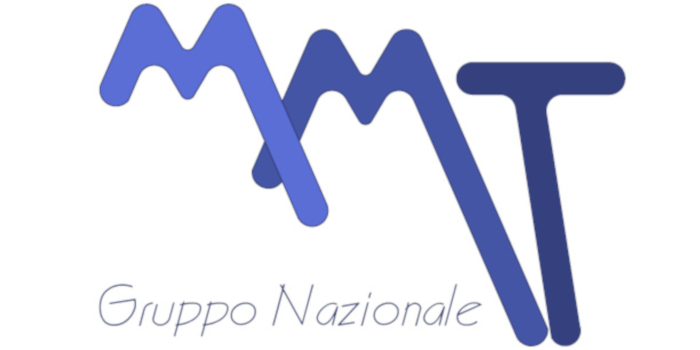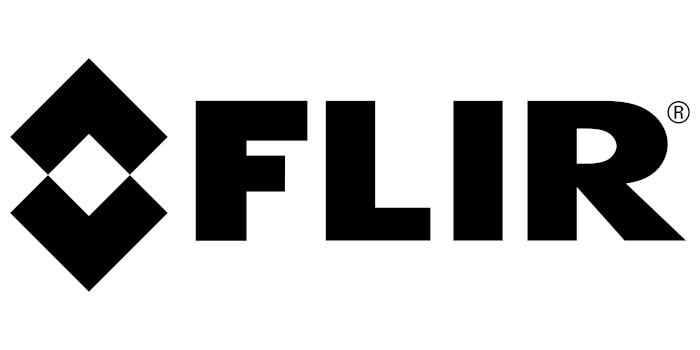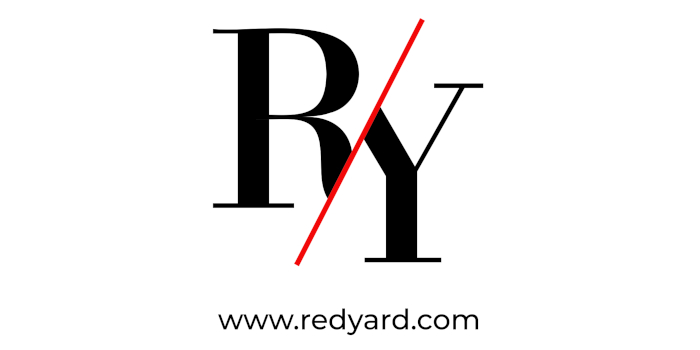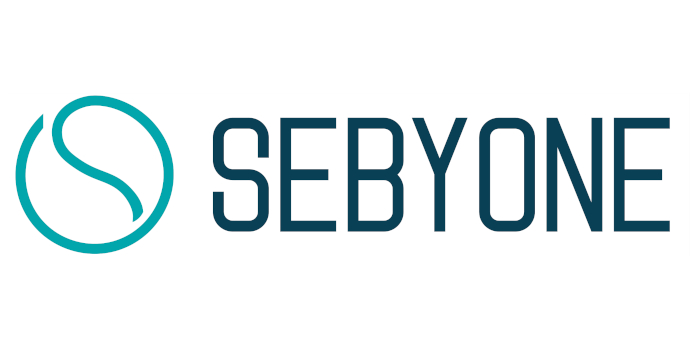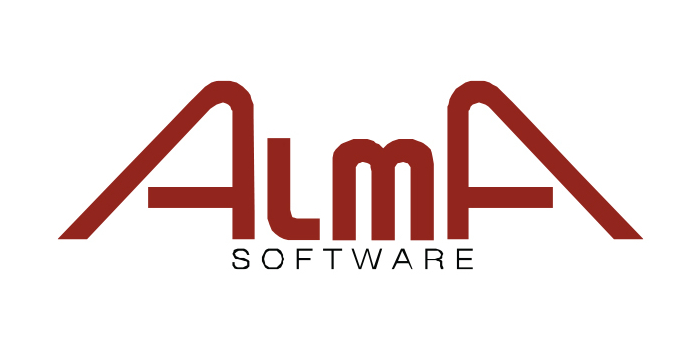KEYNOTE
Measurements and Information Models for Museum Heritage
Massimiliano Lo Turco
Politecnico di Torino
Dept. of Architecture and Design – Turin, Italy
ABSTRACT
The adoption of information models for museum heritage represents a turning point in the integration of technology and cultural management. The case of the Museo delle Antichità Egizie in Turin offers an emblematic example in the progressive adoption of the BIM -(Building Information Modeling) methodology, starting from the instrumental acquisition of the artefact to the realisation of digital information models that can be used for the planning of new interventions but also for management and maintenance purposes. The digital model of the container (museum) can efficiently dialogue with the content (collections), relating different information heritages. The interaction between these two levels of data, mainly measurements, allows for more effective heritage management, optimising processes of cataloguing, conservation and enhancement. Information management of collections can be implemented through the use of dynamic databases integrated with parametric systems and updatable through algorithmic procedures. In addition, the analysis of the visitor behaviour recorded by IoT sensors, combined with the definition of new algorithms, can create interoperable relationships with BIM-based models: this allows to validate established prefigurative models (i.e. drawn up on the basis of ethnographic investigations), offering curators and registrars innovative tools for the planning and the management of the exhibitions and, as a consequence, of the museal living environment.
SPEAKER BIOGRAPHY
Massimiliano Lo Turco is Full Professor in Drawing, Engineer, Architect and PhD in ‘Drawing and Surveying for the Building and Territorial Heritage’. He currently carries out teaching and research activities at the Department of Architecture and Design of the Politecnico di Torino, with a focus on the survey and digital modelling of architecture. In recent years, his research has focused on the application of Building Information Modeling (BIM) for the documentation, conservation and management of Cultural Heritage, with particular attention to the development of integrated digital models for the enhancement and fruition of heritage. Furthermore, together with his research group, he has conducted research applying Visual Programming Language (VPL) for 3D modelling and critical data analysis. In this context, Drawing plays a fundamental role in the representation, simulation and the development of design solutions, contributing significantly to the advancement of practices and knowledge in the field of cultural heritage conservation and enhancement.



